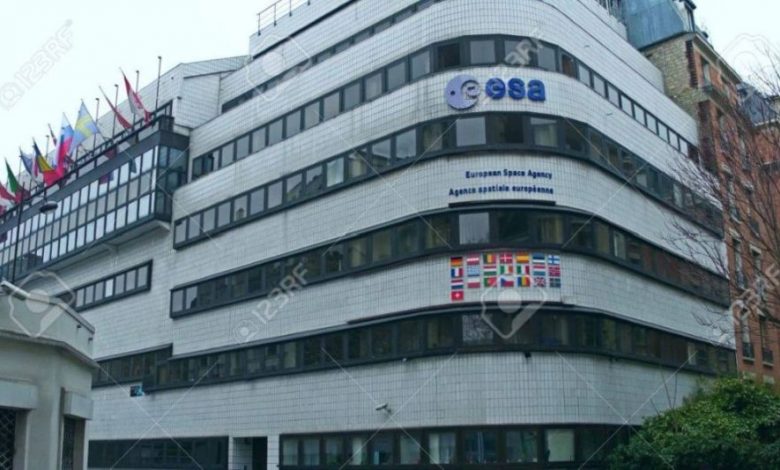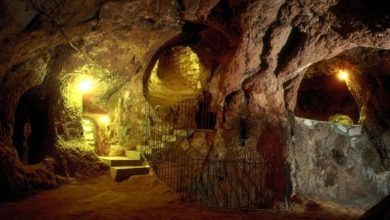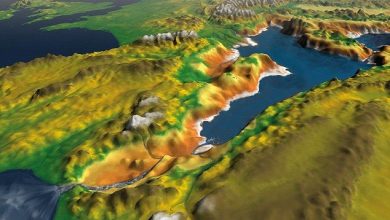Europe is preparing a probe flight to an asteroid
Scientists believe that flying to an asteroid will then help to go to Mars. British scientists and engineers are developing details of a possible flight in order to deliver rock samples to Earth from the surface of the asteroid.
A space flight sponsored by the European Space Agency (ESA) may take place in the next decade and will help to learn more about the evolution of the solar system.
Scientists plan to choose a small asteroid – no more than a kilometer in diameter – near the Earth and send a spacecraft there to collect dust and rock samples.
The flight program is being developed at EADS Astrium in the UK.
A few years later, a final decision should be made on the feasibility of a project known as Marco Polo. The experiment can be launched at the end of the next decade.
Asteroids are debris left over from the formation of the solar system 4.6 billion years ago.
Studying the material of which they are composed will provide new information on the initial components of the solar system and the evolution of the earth.
“We have to choose the most convenient way there and back,” said Ralph Cordy of Astrium.
According to him, “it is necessary to provide all the details: to develop a flight path to one of the many asteroids, to optimize the size of the spacecraft and the launch vehicle, as well as fuel consumption.”
ESA has a space flight program, which it expects to implement in the coming years.
First an asteroid, then Mars
One of the main goals of the agency is an expedition to deliver to Earth samples from Mars, samples of rocks that would be studied in terrestrial laboratories using a wide range of analytical technologies.
A mission to an asteroid, useful in itself, will also contribute to the development of ways to solve a more difficult problem – landing and takeoff on a large cosmic body with a significant level of gravity.
Meanwhile, landing on an asteroid is also not a simple operation. There remains a danger of damaging the landing legs of the apparatus or simply pushing itself away from the surface of the cosmic body.
These problems became apparent when the Japanese probe tried to capture samples from the surface of the asteroid.
It is still unclear whether the Hayyabus apparatus was able to take samples of stones, and its return to Earth remains in doubt.
The Americans managed to put the NEAR-Shoemaker probe on the asteroid in 2001.
They also sent into space the Dawn spacecraft, which will approach the West asteroid in 2011, and in 2015 it will reach the asteroid Ceres.
NASA is even exploring the possibility of someday sending astronauts to the surface of an asteroid.
This post is also available in:
 English
English  Русский (Russian)
Русский (Russian)






